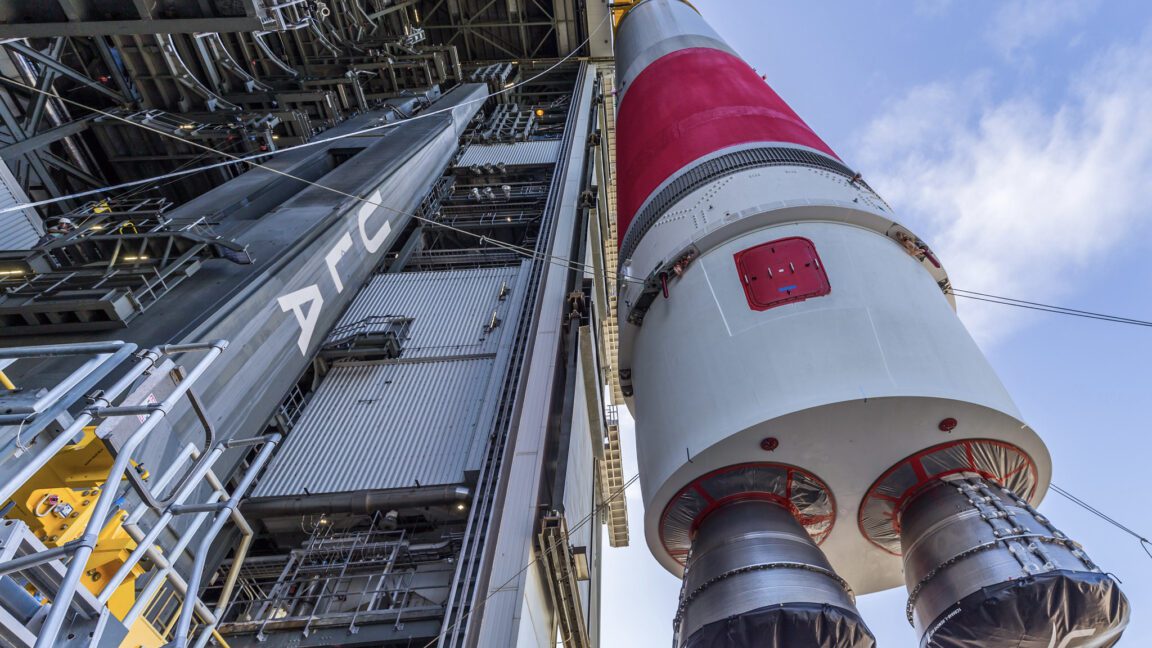
At Cape Canaveral, the United Launch Alliance (ULA) teams are gearing up for the launch of the USSF-106 mission, having successfully stacked the next Vulcan rocket on its mobile launch platform. However, as the Space Force’s Space Systems Command is still pending certification, a specific launch date for USSF-106 has not yet been established.
In light of this uncertainty, ULA is shifting its focus to another customer on its launch schedule.
Amazon’s initial batch of production satellites for its Kuiper Internet network has now taken precedence on ULA’s agenda. Last month, Amazon announced its plans to transport Kuiper satellites from its production facility in Kirkland, Washington, to Cape Canaveral. Like ULA, Amazon has faced challenges in the manufacturing process for its Kuiper satellites.
According to a post on X, Amazon stated, “These satellites are designed to endure the extreme conditions of space and their journey, and will undergo processing immediately upon arrival to prepare them for launch.” The message added, “These satellites will provide fast, reliable Internet access to customers, even in remote locations. Stay tuned for our inaugural launch this year.”
Amazon and the Space Force currently occupy a significant portion of ULA’s launch backlog. Amazon has secured eight flights on Atlas V rockets and has 38 missions lined up using the Vulcan launcher, aiming to deploy nearly half of its 3,232 satellites to compete with SpaceX’s Starlink network. Additionally, Amazon holds launch contracts with Blue Origin, a company founded by Amazon’s Jeff Bezos, as well as Arianespace and SpaceX.
On a positive note, United Launch Alliance has a fleet of rockets ready for flight. The company intends to complete the production of its remaining 15 Atlas V rockets within a few months, which will enable its facility in Decatur, Alabama, to concentrate exclusively on manufacturing Vulcan launch vehicles. ULA currently has the primary components for two Vulcan rockets stored at Cape Canaveral.
“We possess a stockpile of rockets, which is quite rare,” said ULA’s Bruno. “Typically, we build one, fly it, and then move on to the next. I want anyone prepared to go into space to have that opportunity.”
Officials from the Space Force are targeting the completion of the Vulcan rocket’s certification for late February or early March. This milestone would pave the way for the USSF-106 mission to launch soon after the next Atlas V flight. Following the launch of the Kuiper satellites, the components of the Vulcan rocket will be returned to the hangar for re-stacking.
While the Space Force has yet to announce a firm launch date for USSF-106, they have indicated that liftoff is anticipated to occur sometime between early April and late June—nearly five years after ULA secured its prestigious contract.









